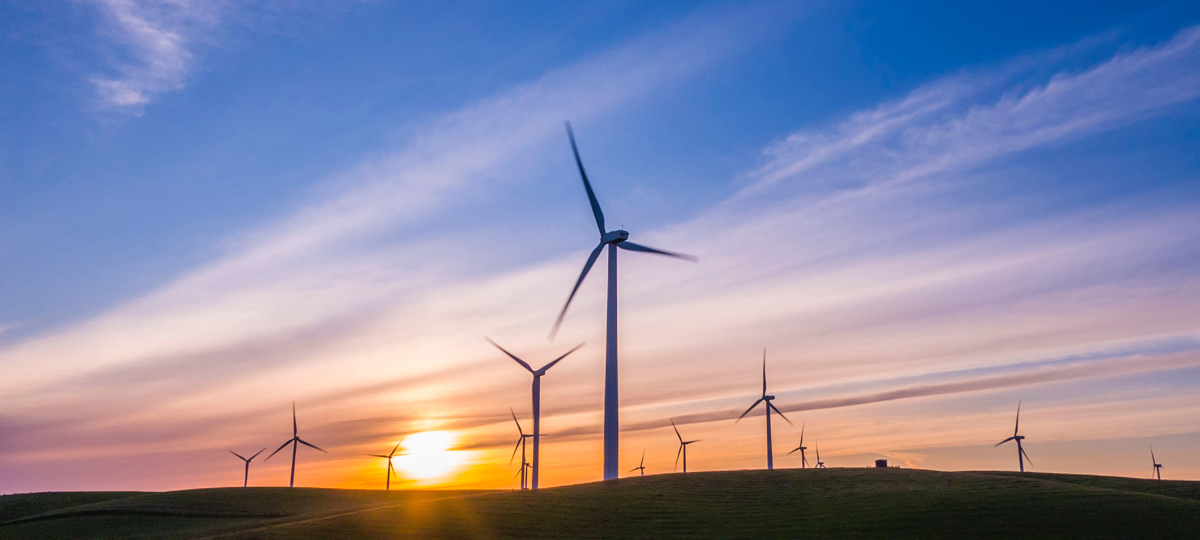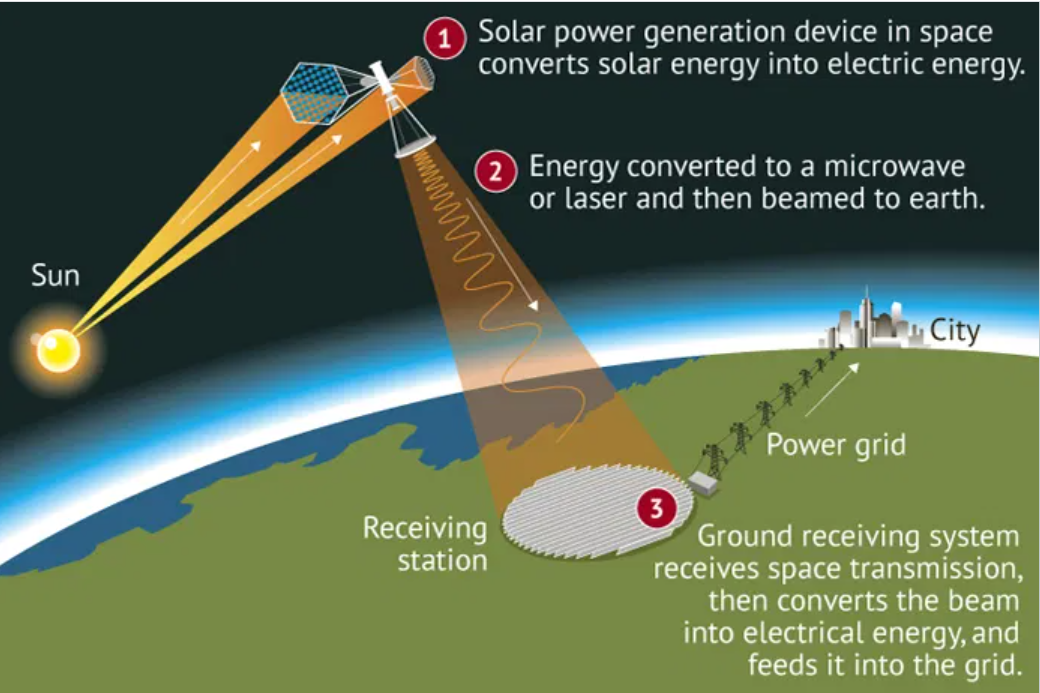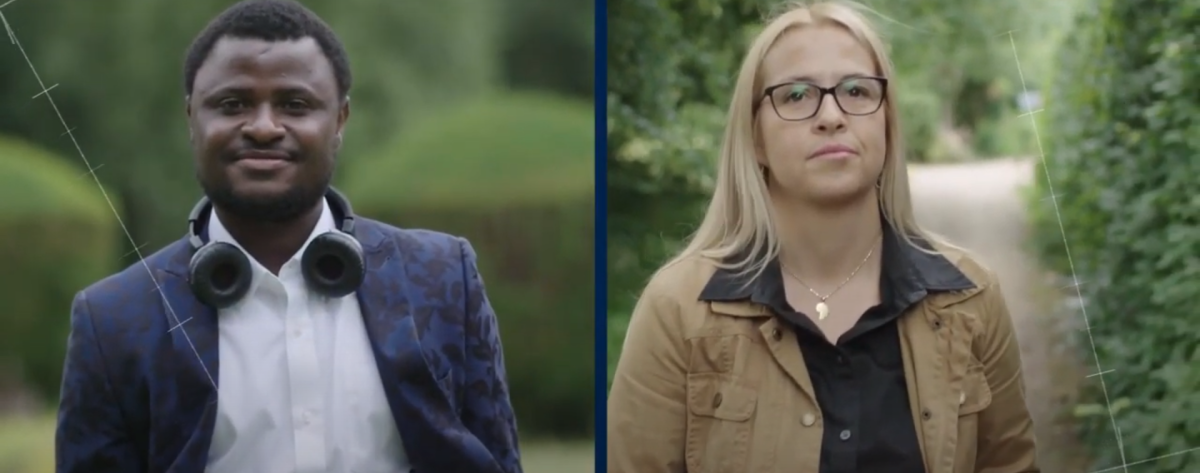Big or small?
A sense of scale
Have you ever wondered if small scale renewable projects are worth the time and effort compared to large scale projects? This question came into stark focus on a visit to a community in Olosho-Oibor, Kenya in May 2014. This visit was a precursor to a meeting of the EPSRC funded Solar Nanogrids consortium meeting, to which Malcolm McCulloch had been invited.
Ngong Hills wind farm
Construction of the Ngong Hills Wind FarmDriving northwards from Nairobi, we crossed over the Ngong Hills. On the ridge there was a lot of activity erecting another large wind turbine of the Ngong power station wind farm. This wind farm is rapidly increasing its capacity from 5.1 MW to 25.5 MW and is estimated that it will provide 75 GWh of electricity per annum. Most of this energy is destined for the rapidly growing city of Nairobi. This wind farm will supplement the largely hydro based electrical generation capacity, providing some resilience to drier years for the Kenya Electricity Generating Company and mitigating the need for more large scale diesel generation.
Olosho-Oibor Community energy supply
Coming over the hills and down into the plains we arrive at the community of Olosho-Oibor, consisting of about 8000 people spread over an area of 20 km2. Being of the Maasai people, they are mainly pastoralists. The community has a centrally located hub of a school, dispensary, church and some small commercial enterprises. This hub is located about 25 km from the nearest grid connection.
In 2009 UNIDO and AUSAID funded an off-grid electrical generation system consisting of a 7 kWp solar PV array, a 3 kWp wind turbine, a 9 kVA vegetable oil/diesel generator (almost never used) and a battery bank. The community contributed to the project by digging trenches and laying underground cables to the dispensary, school and church.
Despite the much smaller amount of energy available compared to the wind farm, it has enabled the school to have more light for work in the evenings – raising the standard of educational attainment to such an extent that it is one of the best schools in the area.
The dispensary is able to deal with emergencies at night, and the electrical vaccine refrigerator enables safe storage of the vital medications. A rescue centre for girls has been started which has also been electrified and is in the process of expanding to give a home to over 60 girls from the neighbouring area.
Three new businesses have started increasing the local quality of life. For example the presence of a mobile phone charging shop has enabled the increased use of mobile phones and hence access to banking facilities using MPESA.
One of the unexpected uses was that the community bought a projector and screen, now there are regular community screenings of UK premiership football games! This off-grid community now belongs to the global village.
Big or small?
So which is better? Both projects are providing low carbon energy. The wind farm produces substantial amounts of energy, that would otherwise have been produced by large diesel generators. This is good. The community scale project produces far less energy, but has a disproportionately increased benefit to the people who would not otherwise have access to electricity. This is also good.
The question posed is not the right question. Its not about having either big or small scale projects – its that both have their own important role to play: the large scale renewable energy projects are good to help wean industrialised communities off fossil fuels and small scale renewable energy projects democratise energy by uplifting rural communities which would otherwise be left behind.




